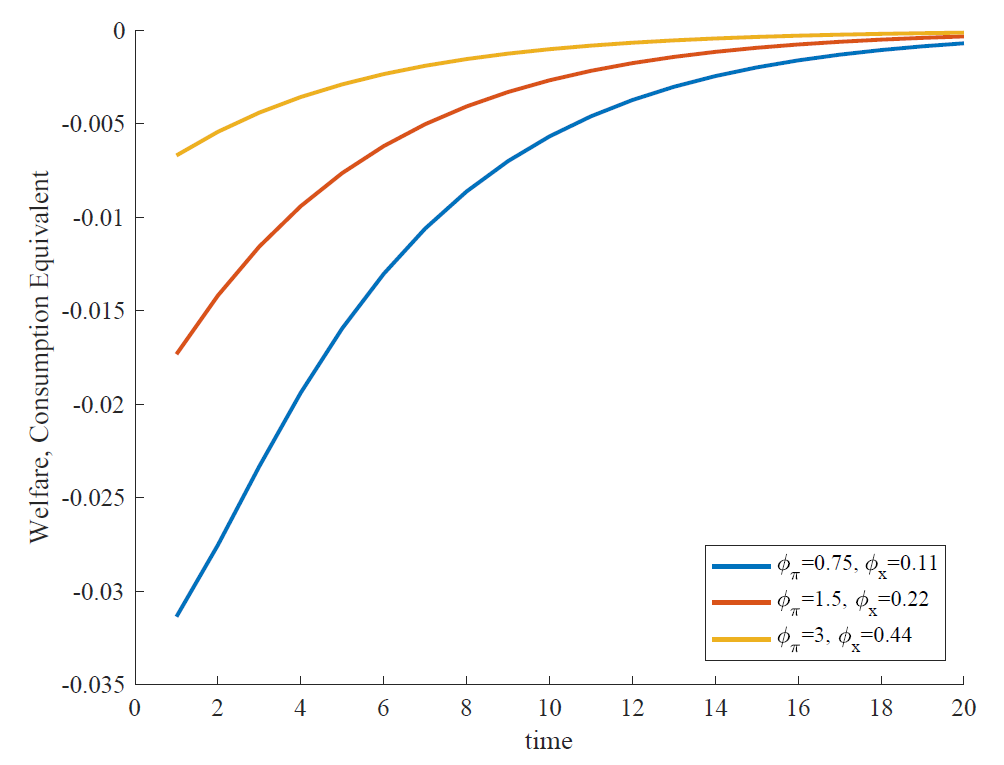Can Supply Shocks be Inflationary with a Flat Phillips Curve?
Published: April 20, 2023
Empirical estimates find that the relationship between inflation and the output gap is close to nonexistent—a so-called flat Phillips curve. We show that standard pricing frictions cannot simultaneously produce a flat Phillips curve and meaningful inflation from plausible supply shocks. This is because imposing a flat Phillips curve immediately implies that the price level is also rigid with respect to supply shocks. In quantitative versions of the New Keynesian model, price markup shocks need to be several orders of magnitude bigger than other shocks in order to fit the data, leading to unreasonable assessments of the magnitude of the increase in costs during inflationary episodes. Hence, we propose a strategic microfoundation of price stickiness in which prices are sticky with respect to demand shocks but flexible with respect to supply shocks (Working Paper no. 23-03).
Abstract
Empirical estimates find that the relationship between inflation and the output gap is close to nonexistent—a so-called flat Phillips curve. We show that standard pricing frictions cannot simultaneously produce a flat Phillips curve and meaningful inflation from plausible supply shocks. This is because imposing a flat Phillips curve immediately implies that the price level is also rigid with respect to supply shocks. In quantitative versions of the New Keynesian model, price markup shocks need to be several orders of magnitude bigger than other shocks in order to fit the data, leading to unreasonable assessments of the magnitude of the increase in costs during inflationary episodes. Hence, we propose a strategic microfoundation of price stickiness in which prices are sticky with respect to demand shocks but flexible with respect to supply shocks. In our model, the friction leading to rigidities is demand-intrinsic, in line with narrative accounts for the imperfect adjustment of prices. Firms can credibly justify a price increase due to a rise in costs, whereas it is harder to do so when demand increases. This has natural implications for inflation dynamics and crucial implications for the conduct of monetary policy.
Keywords: Cost-push shocks, customer markets, average-cost pricing, price stickiness.
JEL Classifications: E31, E52, E58
